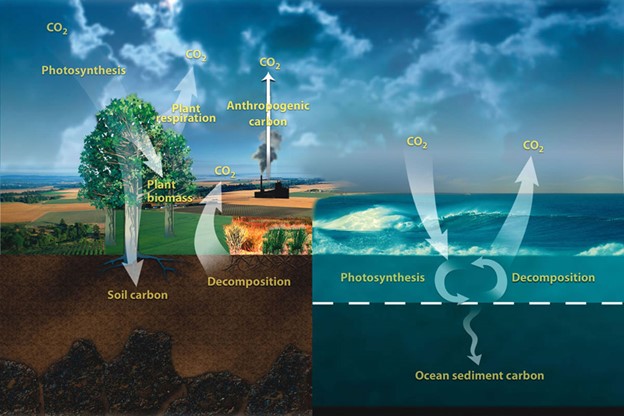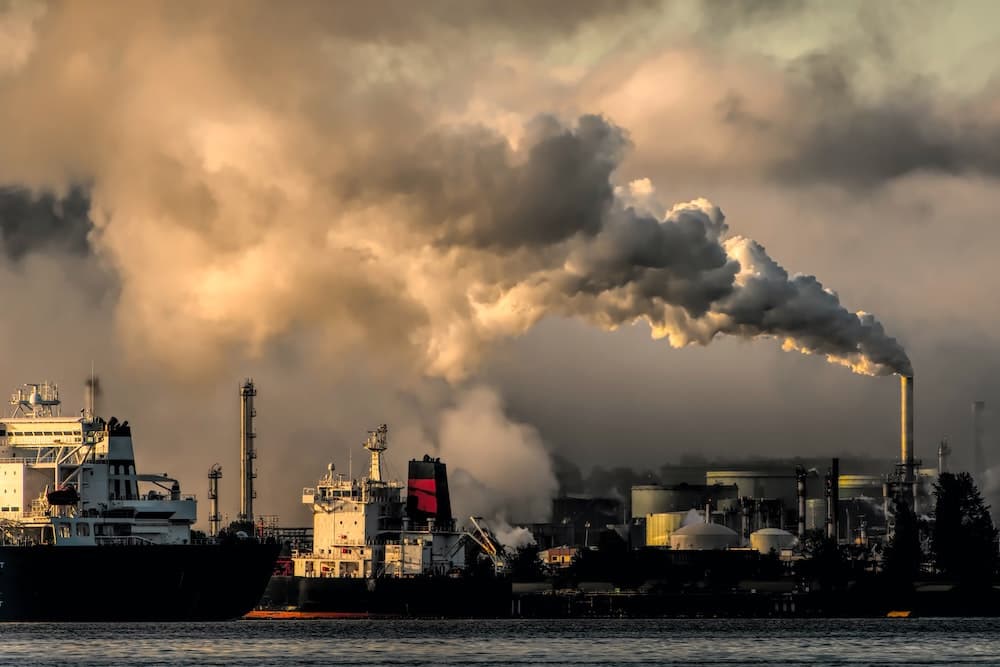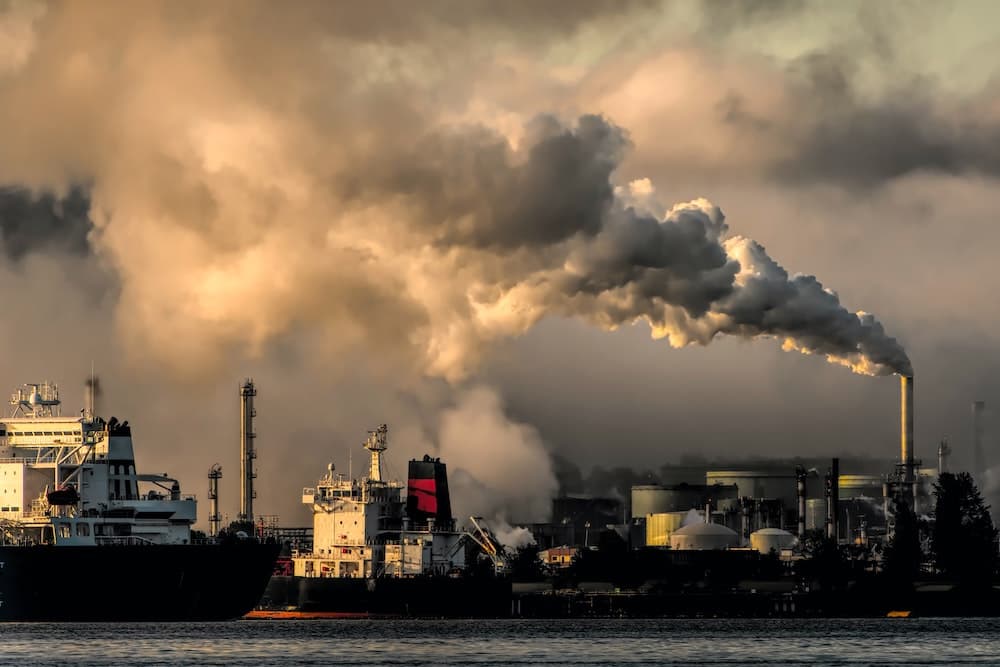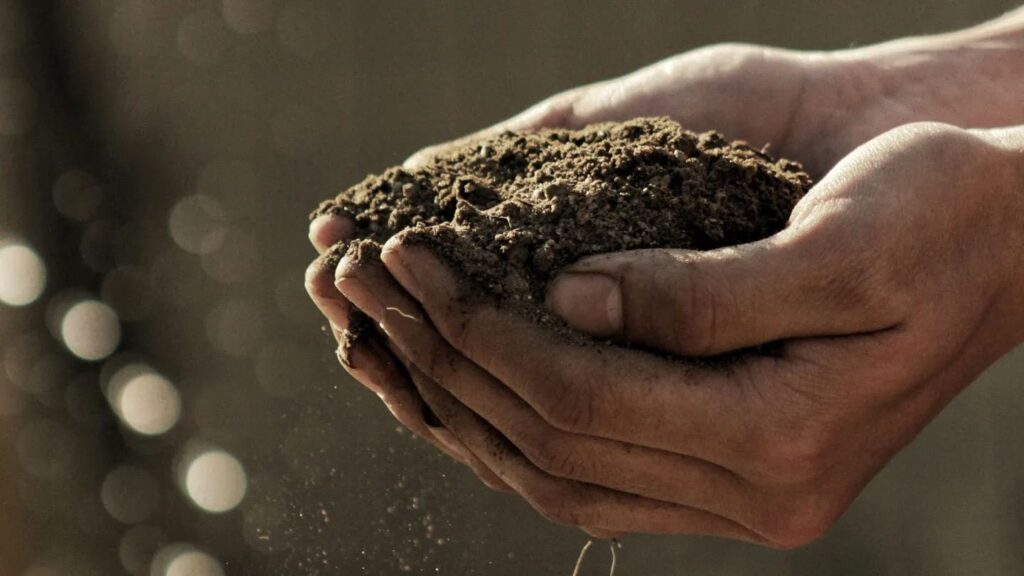David’s fascination with carbon led him on a journey of discovery, exploring its various forms and applications in research. From conducting experiments with carbon nanotubes to analyzing the properties of graphene and his personal experience with carbon ignited.
Carbon, an essential element, fuels life in various forms, from diamonds to graphite. Explore its significance and impact on industries, the environment, and daily life. Dive into sustainable practices and innovations shaping the future of carbon utilization.
This article delves into the multifaceted world of carbon, exploring its myriad forms and far-reaching influence.
What Is Carbon – detailed answer here!
Carbon is a chemical element with the symbol “C” and atomic number 6. It is vital to all living things and can be found everywhere.
Carbon comes in different forms, such as complex and shiny diamonds and graphite, which is used in pencils.
It is also present in the air as carbon dioxide (CO2), which plants use for photosynthesis to make their food.
Carbon is a major component of fossil fuels like coal, oil, and natural gas, which we use for energy. This element plays a crucial role in many processes on Earth, including the carbon cycle, which helps regulate the climate.
Understanding carbon helps us appreciate its importance in life, energy, and the environment.
When Do We Encounter Carbon – Must Know!

Carbon is encountered in numerous aspects of our daily lives, starting with the air we breathe. When we exhale, we release carbon dioxide, a byproduct of cellular respiration.
Plants then absorb this carbon dioxide during photosynthesis, where carbon is a building block for their growth and sustenance.
Additionally, our food contains carbon, an essential component of organic molecules such as carbohydrates, proteins, and fats.
Whether it’s fruits, vegetables, or meats, carbon is present in various forms in the food we eat. Moreover, carbon manifests in everyday items, such as pencils containing graphite a carbon allotrope.
Read: Jon Eicholtz – Discover Inspiring Journey.
What Are Carbon Nanotubes And What Are Their Uses – Find Out!
Carbon nanotubes are cylindrical nanostructures made entirely of carbon atoms. Depending on the number of layers of carbon atoms, they can have different structures, including single-walled or multi-walled.
Carbon nanotubes possess exceptional mechanical, electrical, and thermal properties, making them valuable in various fields.
Carbon nanotubes are used in electronics, materials science, and medicine. Due to their excellent electrical conductivity, they are used to develop high-performance transistors, sensors, and conductive films in electronics.
In materials science, they reinforce composite materials, enhancing their strength and durability.
What Are The Environmental Impacts Of Burning Fossil Fuels – Don’t Miss Out!

Air Pollution:
Combustion of fossil fuels emits pollutants like sulfur dioxide (SO2), nitrogen oxides (NOx), and particulate matter (PM), leading to air quality degradation and respiratory illnesses.
Climate Change:
Fossil fuel burning releases carbon dioxide (CO2), a greenhouse gas contributing to global warming and climate change, resulting in melting glaciers, rising sea levels, and extreme weather events.
Water Contamination:
Fossil fuel extraction and transportation can contaminate water sources through spills and leaks, endangering aquatic ecosystems and drinking water quality.
Habitat Destruction:
Extracting fossil fuels often involves deforestation, disrupting habitats and endangering wildlife species, leading to biodiversity loss and ecosystem degradation.
Ocean Acidification:
CO2 emissions from burning fossil fuels are absorbed by oceans, causing acidification, which harms marine life, particularly organisms with calcium carbonate shells.
Health Risks:
Exposure to air pollutants from fossil fuel combustion increases the risk of respiratory diseases, cardiovascular issues, and premature death, affecting vulnerable populations disproportionately.
Economic Costs:
The environmental impacts of burning fossil fuels incur significant economic costs, including healthcare expenses, infrastructure damage, and lost productivity, affecting communities and economies worldwide.
What Natural Processes Emit Co2 Besides Combustion – Stay Informed!

Besides combustion, several natural processes release carbon dioxide (CO2) into the atmosphere. Plant and animal respiration significantly contributes to the release of CO2 during metabolic processes.
Additionally, the decomposition of organic matter, such as dead plants and animals, releases CO2 as microorganisms break down the material.
Volcanic activity is another natural source, emitting CO2 and other gases during eruptions. Weathering of rocks over long periods can also release CO2 as certain minerals react with atmospheric CO2.
These natural processes are integral to the carbon cycle, exchanging carbon between the atmosphere, oceans, land, and living organisms.
Read: Cloud Techasia24.In – Detailed Guide!
What are the consequences of ocean acidification from higher CO2 levels?
The potential consequences of ocean acidification, driven by increased carbon dioxide levels, are multifaceted and concerning. Firstly, acidic conditions can harm marine organisms like corals, shellfish, and plankton, hindering their ability to build and maintain shells and skeletons.
This could lead to reduced growth rates, weakened structures, and disruptions in marine ecosystems. Moreover, species abundance and distribution changes may occur, affecting biodiversity and the functioning of aquatic food webs.
Economically, fisheries and aquaculture industries may suffer from declines in seafood yields and loss of revenue.
What Steps Can Individuals Take To Reduce Carbon Emissions – See The Below Points!

- Reduce Energy Consumption: Conserve energy at home by turning off lights and appliances when not in use, using energy-efficient appliances, and improving home insulation to reduce heating and cooling needs.
- Use Renewable Energy: Consider switching to renewable energy sources such as solar or wind power for electricity generation. Install solar panels on rooftops or purchase renewable energy credits from utility providers.
- Opt for Energy-Efficient Transportation: Choose fuel-efficient vehicles, carpool, use public transportation, bike, or walk whenever possible to reduce reliance on fossil fuel-powered transportation and minimize emissions.
- Reduce, Reuse, Recycle: Practice the 3Rs by reducing waste, reusing items, and recycling materials to minimize the environmental impact of resource extraction, manufacturing, and disposal processes.
- Eat a Plant-Based Diet: Reduce meat consumption and incorporate more plant-based foods. Livestock farming is a significant source of greenhouse gas emissions, so choosing plant-based options can lower carbon emissions associated with food production.
- Support Sustainable Practices: Vote for policies and support businesses that prioritize sustainability, renewable energy, and environmental protection. Advocate for climate-friendly policies at the local, national, and global levels.
- Offset Carbon Emissions: Consider offsetting your carbon emissions by investing in projects that reduce greenhouse gas emissions, such as reforestation initiatives or renewable energy projects, to balance out your carbon footprint.
- Practice Energy Conservation: Turn off lights, unplug electronics, and use energy-efficient appliances to conserve energy at home and reduce electricity consumption.
How Does Carbon Contribute To The Formation Of Soil – You Should Know!

Carbon plays a crucial role in soil formation through various processes. Firstly, organic matter is rich in carbon and decomposes over time, releasing carbon compounds into the soil.
These organic materials provide nutrients for soil organisms and support microbial activity, further breaking down organic matter and enhancing soil fertility.
Additionally, plant roots secrete carbon-rich substances, such as sugars and organic acids, which help bind soil particles together and improve soil structure.
Carbon also acts as a buffer against soil erosion by increasing soil aggregation and water retention capacity.
Read: Yvette Deleone – Let’s Find Out!
Frequently Asked Question
1. How Does Carbon Contribute To The Formation Of Soil?
Carbon helps make soil by providing food for tiny organisms that live in it. When plants and animals die, they leave behind bits of carbon-rich stuff. Small creatures in the soil, like worms and bacteria, eat this stuff and turn it into the soil. Carbon also helps hold the soil together, making it strong.
2. How does carbon cycle differ in marine versus terrestrial ecosystems?
In marine ecosystems, the carbon cycle mainly involves dissolved carbon dioxide absorbed by the ocean, which aquatic plants use for photosynthesis. Marine animals consume these plants and release carbon back into the water when they breathe.
3. How do transportation emissions compare to industrial emissions?
Carbon emissions from transportation mainly come from vehicles burning gasoline and diesel, while industrial sources include factories, power plants, and chemical production. Transportation emissions are from cars, trucks, planes, and ships, while industrial emissions come from various manufacturing and energy production processes.
Conclusion:
Carbon is an essential element that plays a significant role in our lives, from the air we breathe to the food we eat and the products we use. Understanding the importance of carbon and its environmental impact is crucial for addressing global challenges such as climate change and pollution.
Read more:



